Testing Optionsbleed
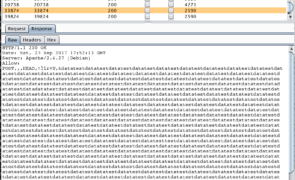
Introduction I took a few minutes to test the Optionsbleed vuln (CVE-2017-9798), specifically to see whether modifying the length and/or quantity of Options/Methods in the .htaccess file would enable me to extract anything of substance from memory. Ultimately it seems that by modifying the length of the entries in the .htaccess file, I was able to gain access to hundreds of bytes of POST data of a different virtual host. Note: Since originally…
Read more...Tags:apache , CVE-2017-9798 , exploit , htaccess , Optionsbleed , vulnerability
Phishing with Macros and Powershell
are closed
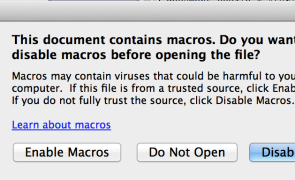
Over the past 6 months, it seems we’ve been experiencing a resurgence of macro-based malware, possibly because it’s such a simple and proven means of delivering a phishing payload to large organizations. If you’re performing a penetration test against an organization and you have reason to believe untrusted macro execution is enabled, they can also be a good means to test user awareness and gain a foothold via social engineering. Regardless of their popularity,…
Read more...Tags:email , exchange , exploit , macro , Microsoft , microsoft office , office , phishing , powershell
EggSandwich – An Egghunter with Integrity
are closed

Introduction A while back I introduced the EggSandwich in my tutorial on Egghunting as a means to implement some basic integrity checks into the traditional Egghunter and overcome the problem of fragmented / corrupted shellcode. I recently took the opportunity to update my implementation so it could accomodate shellcode of any size. The code and a brief explanation follows. What is the EggSandwich? I ran into a situation when developing an exploit for an…
Read more...Exploiting MS14-066 / CVE-2014-6321 (aka “Winshock”)
are closed
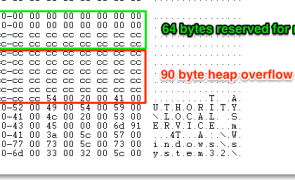
Introduction I think enough time has passed now to provide a little more detail on how to exploit MS14-066 schannel vulnerability (aka “Winshock”). In this post I won’t be providing a complete PoC exploit, but I will delve into the details on exactly how to trigger the heap overflow along with some example modifications to OpenSSL so you can replicate the issue yourself. This vulnerability was announced while I was on…
Read more...Windows OLE RCE Exploit MS14-060 (CVE-2014-4114) – Sandworm
are closed
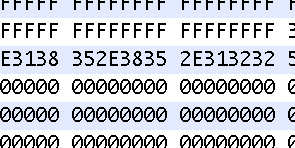
This recent exploit (dubbed “Sandworm”) took advantage of a vulnerability in which a specially crafted OLE object could allow remote code execution. In the case of the live sample exploit PPSX file I examined, it automatically downloaded the payload from a remote SMB share. I won’t rehash much of the details that others have covered but if you want to read more, here are some resources: Microsoft Security Bulletin: https://technet.microsoft.com/en-us/library/security/ms14-060.aspx Original Discovery by…
Read more...Drupal 7 SQL Injection (CVE-2014-3704)
are closed
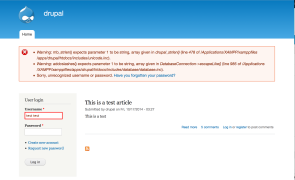
Introduction This vuln has been getting a lot of attention, and rightfully so. The good news is an update is available (and a supplemental patch has been released as well). The bad news is that it’s pre-auth SQLi. The basic problem is the way Drupal core 7.x versions prior to 7.32 construct a SQL query. Contrary to some claims, this is not a flaw in the use of prepared statements/parameterized queries, which…
Read more...Tags:cve , CVE-2014-3704 , drupal , exploit , injection , poc , proof of concept , sql , sql injection , sqli
Phishing for Shellshock
are closed
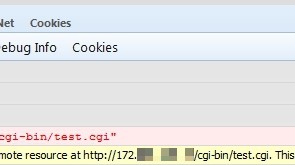
Introduction I thought I was done writing about Shellshock, but a recent discussion with some colleagues got me back on the topic. We were commenting about how organizations tend to react very quickly to patching external assets for a bug like Shellshock but many probably wait to patch internal assets due to a false sense of security. It got me thinking about how an external actor could exploit a bug like…
Read more...Tags:exploit , JavaScript , phishing , scan , shell , shellshock , shock , vulnerability
Shellshock – Targeting Non-CGI PHP
are closed

I’ve seen debates as to whether or not it’s possible to have an unpatched PHP server running in mod_php mode (i.e. not CGI) that is vulnerable to Shellshock. From my testing, the answer appears to be Yes…with some prerequisite conditions. First, the PHP application would have to be using Bash for its system commands — exec(), passthru(), system(), popen(), etc. This is pretty obvious since Shellshock is a Bash-specific vulnerability. Although PHP system command…
Read more...Windows Exploit Development – Part 7: Unicode Buffer Overflows
are closed
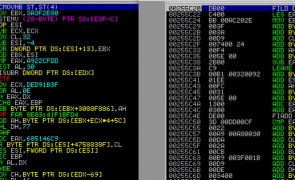
Introduction In this seventh installment of the Windows Exploit Development Series, I’ll introduce Unicode Buffer Overflows. We’ll start with a brief introduction to Unicode (what it is and why/how it’s used in Windows) and then jump right in to some example exploits. If you plan on following along, I recommend you have the following: A Windows environment (XP or Win 7 — my demos will be on the latter) Metasploit, Alpha2 or…
Read more...Tags:allplayer , alpha2 , alpha3 , ansi , ascii , bladeapimonitor , buffer overflow , debugger , dumpbin , exploit , immunity , Microsoft , perl , seh , shellcode , structured exception handler , structured exception handling , unicode , utf-16 , utf-8 , venetian , venetian shellcode , win32 , windows
Fun With Teensy
are closed

Introduction I’ve been wanting to write about the Teensy and its application in security testing or some time now. It’s extremely useful for executing scripts on a target machine without the need for human-to-keyboard interaction. It can be used to bypass auto-run, AV scanning, and encryption policies commonly targeting removable media devices in an enterprise environment. I’ve used it in my security testing to run recon/enumeration scripts, execute reverse shells, exploit local…
Read more...Tags:av bypass , dip switch , exploit , linux , mac , Microsoft , Offsec , penetration testing , pentesting , reverse shell , symantec , teensy , windows
 Security Sift
Security Sift
are closed